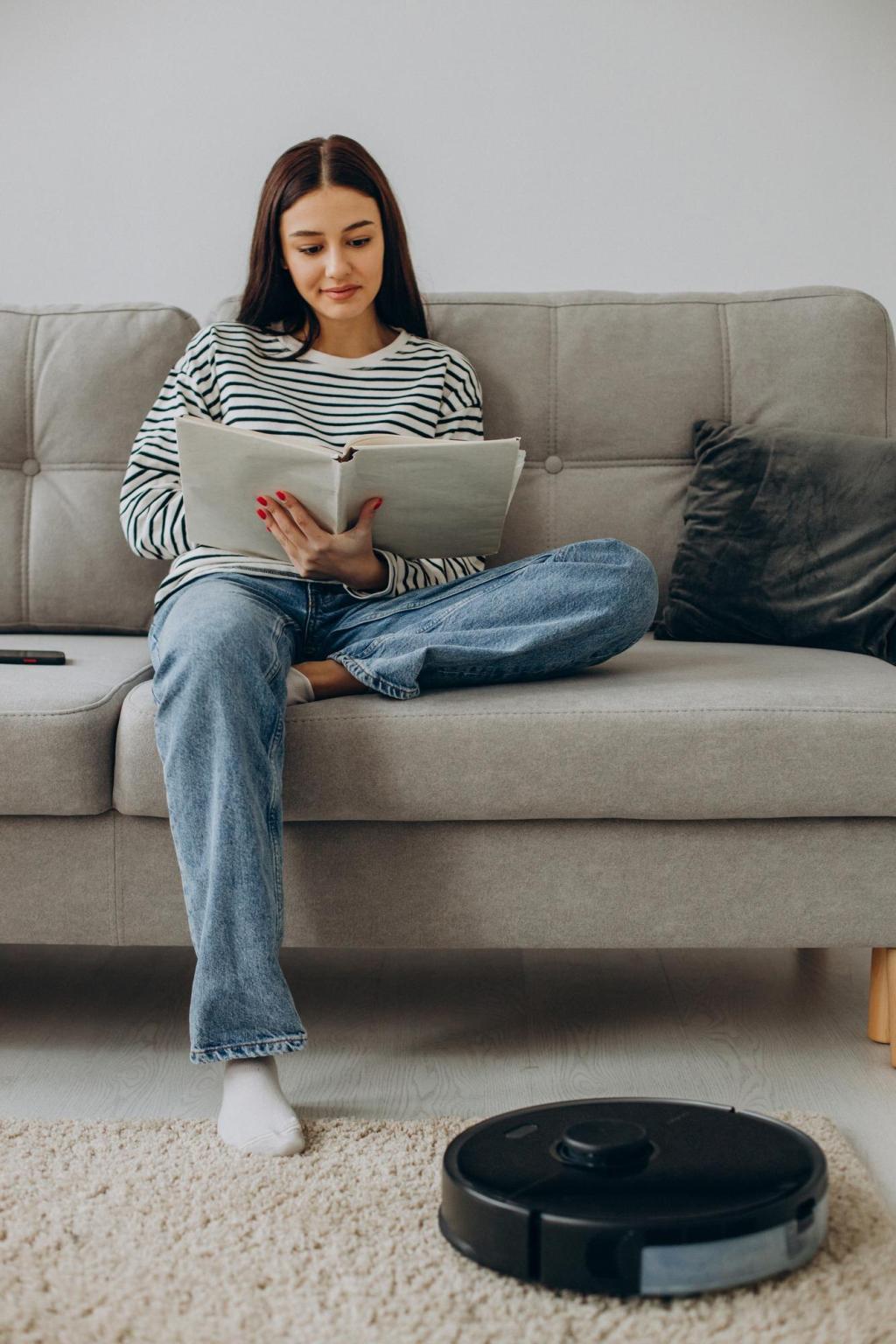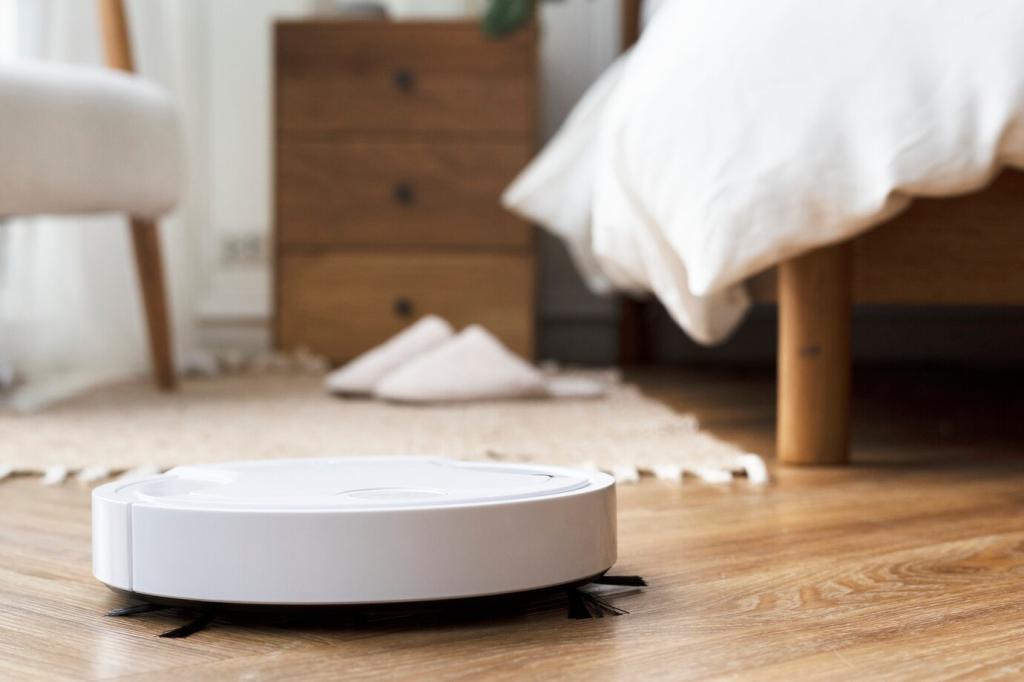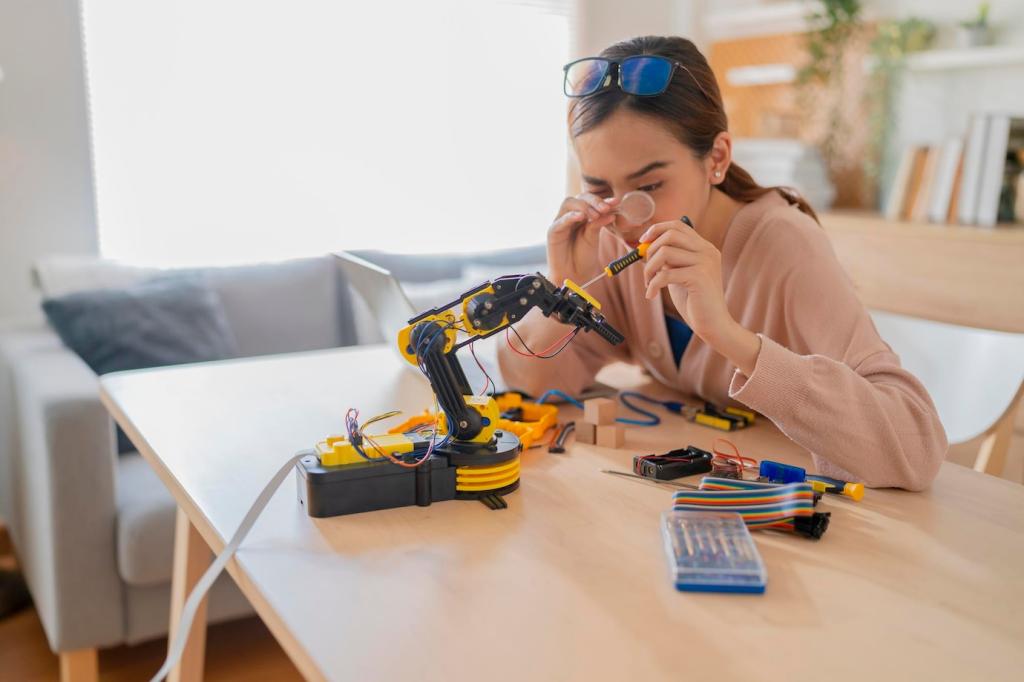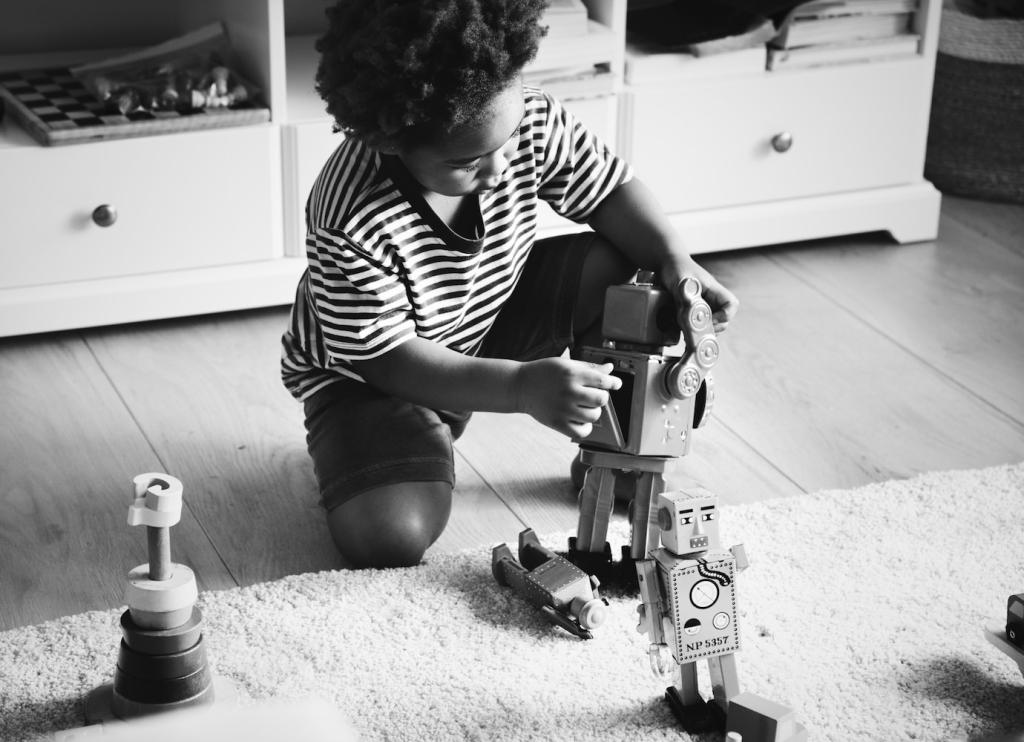Building Bright Minds: DIY Robot Kits for Children

Hands-on curiosity beats passive scrolling
When children assemble gears, connect wires, and watch a robot respond, they practice attention, spatial reasoning, and scientific thinking, gaining the kind of deep understanding that no autoplay video can ever provide.

From bolts to breakthroughs: confidence grows
The first time a motor spins, pride sparks. With DIY Robot Kits for Children, every tightened screw becomes a step toward independence, resilience, and the realization that complex systems are understandable and buildable.

Let’s build a community around making
Share your child’s first robot victory or unexpected setback in the comments. Ask questions, swap tips, and subscribe to follow new challenges designed to keep young makers steadily growing, experimenting, and smiling.
Choosing the Right Kit for Your Young Maker
Match age, attention, and fine-motor readiness
Ages six to eight often thrive with snap-fit parts and big components. Older builders enjoy screwdrivers, breadboards, and coding. Pick a kit that feels approachable, yet still invites questions and steady, satisfying progress.
Sensors, motors, and meaningful complexity
Look for light, distance, or line sensors paired with simple microcontrollers. One or two motors are plenty at first. Avoid overwhelming assortments; choose focused kits that teach clear concepts your child can actually master.
Invite your child into the decision
Show two or three kit options and ask what excites them—animal robots, racers, or doodle-bots. Involving kids early increases motivation, ownership, and the patience needed when screws roll away or wires resist being seated.





Stories from the Kitchen Table Lab
Mia’s wobble-bot surprise
Eight-year-old Mia built a marker-drawing robot that spun scribbles across butcher paper. She named it Zigzag. When its battery died mid-twirl, she laughed, swapped cells, and cheered as Zigzag danced another colorful circle.
A dad learns to solder beside his son
They practiced on spare wire, celebrated one shiny joint, then two. Later, when their line-following robot finally tracked tape across the floor, they high-fived so hard the cat fled and everyone laughed together.
Your story belongs here
Post a photo, describe the hilarious mistake, or tell us the moment it finally worked. Comment below, subscribe for monthly challenges, and inspire another parent who needs that extra nudge to begin.

Debugging Together: Turning Frustration into Discovery
When the LED finally blinks or a wheel straightens, pause to cheer. Naming progress teaches kids to notice improvement, transforming setbacks into steps forward instead of reasons to quit too soon.
Debugging Together: Turning Frustration into Discovery
Check batteries, polarity, and snug connections. Test one variable at a time. Keep notes in a mini lab log. Kids love flipping back later and seeing their own trail of smart, brave thinking.
Extend the Adventure: Add-ons, Creativity, and Next Steps
Add a programmable LED strip, a buzzer melody, or cardboard costumes. Encourage kids to name their robot and write a mission. Personalization deepens ownership, which keeps curiosity glowing long after the first build.

